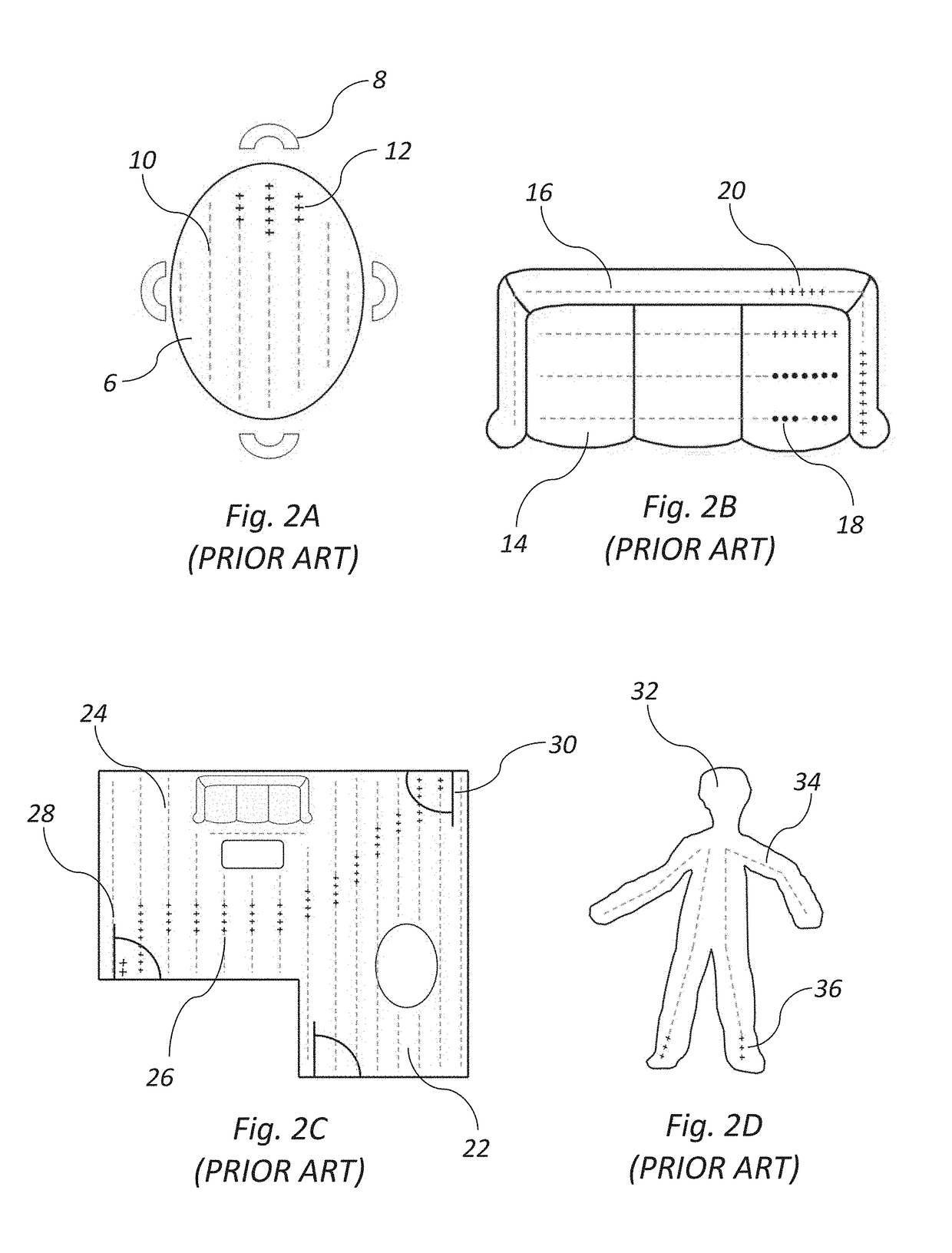Forensic trace evidence material collection, analysis and distribution system
a trace evidence and material collection technology, applied in the field of crime scene investigations, can solve the problems of contamination of samples, only as effective as sample collection methods, and the missing or misidentification of examiners, and achieve the effect of quick and easy collection, analysis and annotation
- Summary
- Abstract
- Description
- Claims
- Application Information
AI Technical Summary
Benefits of technology
Problems solved by technology
Method used
Image
Examples
Embodiment Construction
[0084]The present invention is directed to a system and method that enables crime scene investigators to quickly and easily collect, analyze, annotate, securely store and electronically distribute images of large amounts of trace evidence materials (TEMs) and related crime scene information while also helping to comply with trace evidence recovery procedures, documentation and chain of custody requirements. While the invention will be described in detail below with reference to various exemplary embodiments, it should be understood that the invention is not limited to the specific structural configurations or methodologies of these embodiments. In addition, although the exemplary embodiments are described as embodying several different inventive features, one skilled in the art will appreciate that any one of these features could be implemented without the others in accordance with the present invention.
A. Collection Tape Embodiments
[0085]An exemplary embodiment of a system in accor...
PUM
| Property | Measurement | Unit |
|---|---|---|
| length | aaaaa | aaaaa |
| imaging angles | aaaaa | aaaaa |
| size | aaaaa | aaaaa |
Abstract
Description
Claims
Application Information
 Login to View More
Login to View More - R&D
- Intellectual Property
- Life Sciences
- Materials
- Tech Scout
- Unparalleled Data Quality
- Higher Quality Content
- 60% Fewer Hallucinations
Browse by: Latest US Patents, China's latest patents, Technical Efficacy Thesaurus, Application Domain, Technology Topic, Popular Technical Reports.
© 2025 PatSnap. All rights reserved.Legal|Privacy policy|Modern Slavery Act Transparency Statement|Sitemap|About US| Contact US: help@patsnap.com



